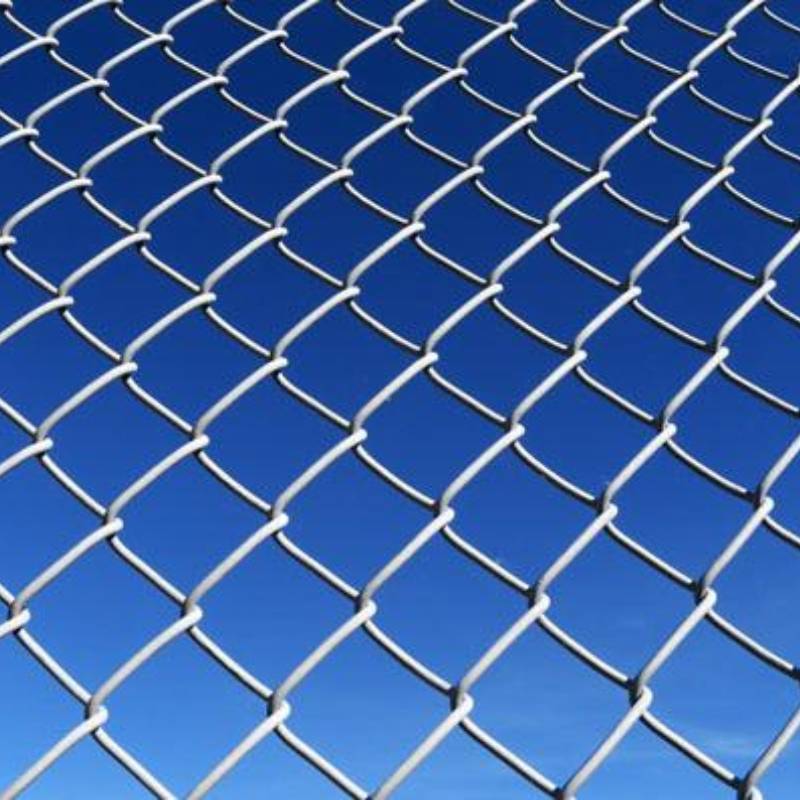
- Mobile Phone
- +8613931874955
- sales@cntcmetal.com
Optimizing Cavity Tie Spacing for Enhanced Structural Integrity and Performance
Cavity Tie Spacing Understanding Its Importance in Construction
Cavity tie spacing is a crucial element in the construction and engineering of cavity walls, which are widely used in the building industry for their thermal efficiency, moisture resistance, and structural integrity. Proper spacing of cavity ties is essential for ensuring the overall stability of the wall system, as well as optimizing its performance. This article will explore the fundamental principles of cavity tie spacing, its significance, and best practices for implementation.
What Are Cavity Ties?
Cavity ties are metallic elements used to connect the two layers of a cavity wall – the outer masonry or brick layer and the inner structural layer. Their primary function is to provide lateral support while allowing for the insulated cavity to remain free of moisture ingress. They also help to anchor the external facade, ensuring that it remains stable over time. The selection and spacing of these ties are critical in maintaining the wall’s integrity and durability under various environmental conditions.
Importance of Cavity Tie Spacing
The spacing of cavity ties directly affects the structural performance of a cavity wall. If the ties are spaced too closely, it can lead to excessive stresses that result in cracking or deformation of the wall. Conversely, if the ties are spaced too far apart, the wall may not have sufficient support, leading to sagging or bowing. Therefore, understanding the appropriate spacing is essential for achieving a balance between structural support and material efficiency.
Furthermore, proper cavity tie spacing contributes to the management of moisture within the cavity. A well-spaced arrangement allows for adequate drainage and ventilation, preventing the accumulation of water which can lead to mold growth and other moisture-related problems. This is especially important in climates with high rainfall or humidity, where the risk of water penetration is significant.
Standards and Guidelines
Various standards and guidelines have been established to ensure that cavity tie spacing is implemented effectively. For example, the Building Research Establishment (BRE) in the UK provides recommendations for the spacing of cavity ties based on wall height, tie type, and the loads that the wall will be subjected to. Generally, horizontal cavity ties are installed every 600mm to 900mm vertically, and vertical ties are spaced at intervals of 450mm to 600mm, depending on the specific requirements of the project.
cavity tie spacing

It is also essential for construction professionals to account for the type of materials used in both layers of the wall. Different materials may have different thermal expansion rates, which can influence how tightly or loosely the ties should be installed. Adhering to the manufacturer’s guidelines and local building codes is vital for ensuring a safe and compliant construction.
Best Practices for Implementation
To achieve optimal results, several best practices should be followed when implementing cavity tie spacing
1. Conduct Structural Analysis Before determining the spacing of cavity ties, a thorough structural analysis should be conducted to understand the loads that the wall is expected to bear. This analysis will provide critical insight into the necessary tie configuration.
2. Use Quality Materials High-quality cavity ties made from corrosion-resistant metals should be used to ensure durability. Low-quality materials can degrade over time, reducing the effectiveness of the ties.
3. Regular Inspections Routine inspections during and after construction can help identify any issues with cavity tie installation. Ensuring that ties are installed according to specifications is crucial in maintaining the wall's integrity.
4. Training and Awareness Construction personnel should receive training on the importance of cavity tie spacing and the potential consequences of improper installation. Raising awareness about these issues can mitigate risks and enhance overall safety.
Conclusion
Cavity tie spacing is a key factor in the construction of cavity walls. By understanding its importance and adhering to industry standards and best practices, construction professionals can ensure the structural integrity, moisture management, and overall performance of their building projects. Investing time and resources into proper cavity tie installation translates to long-term benefits in durability and safety, ultimately leading to successful construction outcomes.
share:
-
Your Source for Concrete Wall Ties and Masonry AccessoriesNewsJul.10,2025
-
Unlocking the Power of Iron Wire for Every ProjectNewsJul.10,2025
-
Explore Advanced Chain Wire and Stainless Steel Mesh FencingNewsJul.10,2025
-
Discover the Benefits of Annealed Wire ProductsNewsJul.10,2025
-
Discover China Stainless Steel Wire Mesh SolutionsNewsJul.10,2025
-
Build with Confidence Using High-Performance Masonry AccessoriesNewsJul.10,2025
-
Why Sacrificial Formwork Is Redefining Underground ConstructionNewsJun.06,2025



















